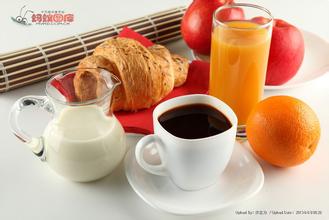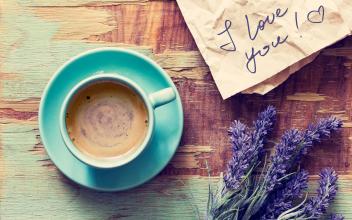Colombia Ramon Coffee Estate Name Taste Grind Treatment Variety Features
Colombia
About 1000 BC, there was a hunter-gatherer society near Bogota today. Around 1000 AD, the American Indians created a political system. It is a pyramid-shaped structure with the top of the tower as the leader. In today's Colombia, two civilizations have adopted this complex system. One is Tayronas in the Caribbean region, and the other is Muisca near Bogota. Musika can also be translated as Chibucha.
The indigenous people of pre-independence Colombia were the Chibucha Indians. They use wooden and stone tools to grow crops such as corn and cassava and weave cotton cloth. This area is a famous gold deposit in ancient South America, and the Chibucha people have a high level of gold decoration art.
Authentic Colombian coffee is brewed with a color as clear as emerald. It is like the masterpiece of the greatest tune, which matches sour, bitter and sweet just right. After drinking, the fragrance fills the whole mouth. The aroma comes out of the nose again. It is so soft and arrogant that it occupies your taste buds, your mind and even your soul as quickly as possible. Let you be captured by it unwittingly.
With its superior geographical and climatic conditions, Colombian coffee has always maintained high quality. Colombian coffee beans, which usually do not have a special market trademark, are from the National Coffee Farmers' Union of Colombia (national federation of colombia coffee growers), a very large alliance that spans Colombia. It has always been famous for its strict quality control and active promotion.
In the Colombian coffee bean grading system, supremo is the highest grade, with the largest and fullest grains in Colombian coffee beans, with very few defective beans and sundries, while excelso is the smaller, more common grade. Colombian coffee has a balanced flavor, rich acidity, unique flavor characteristics, relatively full consistency, sometimes with a touch of red wine flavor and admirable fruit flavor. In Colombia, a small part of coffee comes from the old Tibica or bourbon, which is generally branded by the name of the manor or the name of the processing factory.

Important Notice :
前街咖啡 FrontStreet Coffee has moved to new addredd:
FrontStreet Coffee Address: 315,Donghua East Road,GuangZhou
Tel:020 38364473
- Prev

Description and treatment of Coffee Flavor in Bogut Jade Manor in Panama
Panamanian boutique coffee varieties: Geisha, Catuai, Caturra planting altitude: 1400-1700m annual rainfall: 3200 mm average temperature: about 14-25 ℃ soil types: volcanic soil classification standard: SHB treatment method: manual harvest related certification: Nram A raw bean specification: 18 mesh harvest year: 2015 cup test results: Apple, Potato,
- Next

Introduction to the characteristics of taste grinding degree of jasmine fragrant Salvadoran coffee bean flavor description treatment
Salvadoran coffee beans were formerly known as San Salvador and Bahia. An important natural deep-water port on the Atlantic coast of Brazil, the capital of Bahia state. It is located on the east bank of Todos (Santos) Bay. With a population of 3459377 (as of August 1, 2010), it is the eighth largest city in Brazil. The ancient city is one of the oldest cities in Brazil. it was founded in 1549, and the first churches were built by Jesus priests in 1549.
Related
- Detailed explanation of Jadeite planting Land in Panamanian Jadeite Manor introduction to the grading system of Jadeite competitive bidding, Red bid, Green bid and Rose Summer
- Story of Coffee planting in Brenka region of Costa Rica Stonehenge Manor anaerobic heavy honey treatment of flavor mouth
- What's on the barrel of Blue Mountain Coffee beans?
- Can American coffee also pull flowers? How to use hot American style to pull out a good-looking pattern?
- Can you make a cold extract with coffee beans? What is the right proportion for cold-extracted coffee formula?
- Indonesian PWN Gold Mandrine Coffee Origin Features Flavor How to Chong? Mandolin coffee is American.
- A brief introduction to the flavor characteristics of Brazilian yellow bourbon coffee beans
- What is the effect of different water quality on the flavor of cold-extracted coffee? What kind of water is best for brewing coffee?
- Why do you think of Rose Summer whenever you mention Panamanian coffee?
- Introduction to the characteristics of authentic blue mountain coffee bean producing areas? What is the CIB Coffee Authority in Jamaica?

